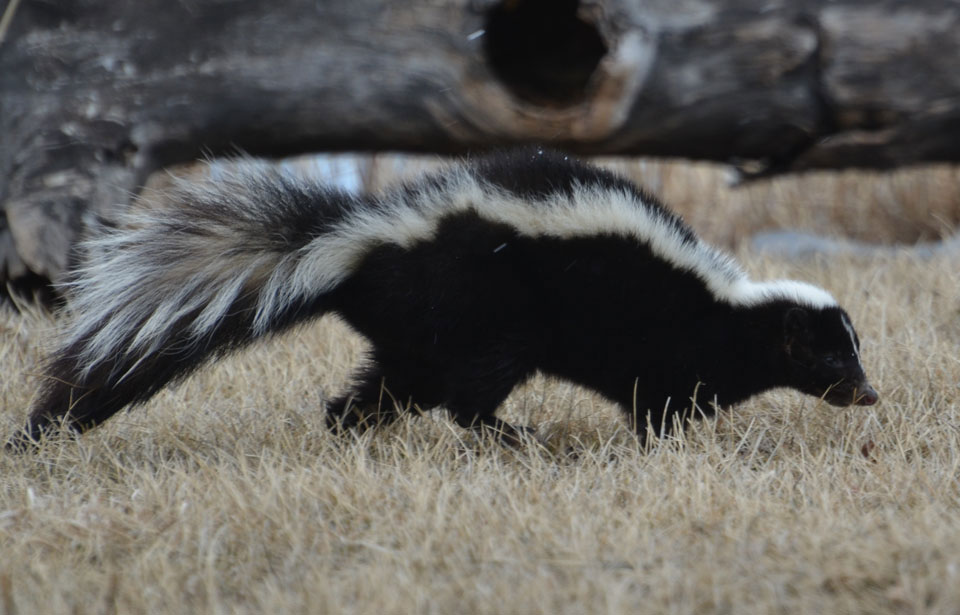What Sounds Do Skunks Make? Discovering the Vocalizations of Skunks
Skunks are fascinating creatures known for their distinct black and white appearance and notorious defensive mechanism: the potent smell they release when threatened. However, many people are unaware that skunks also communicate through a range of sounds. In this article, we will explore the various vocalizations skunks make and what these sounds mean.
1. Common Skunk Vocalizations:

Common Skunk Vocalizations
Skunks use different sounds to convey messages and express their emotions. Here are some of the most common vocalizations observed in skunks:
a. Hisses: Skunks often hiss to indicate their displeasure or aggression. This sound is similar to the hissing of a cat and serves as a warning to potential threats.
b. Growls: Growling is another vocalization used by skunks, especially when they feel threatened or cornered. It is a low, rumbling sound that signals their readiness to defend themselves.
c. Chirps: Skunks can produce chirping sounds, similar to the vocalizations of birds. Chirping is typically observed during mating season when skunks are trying to attract a mate.
d. Snorts: When skunks are startled or alarmed, they may emit a series of snorting sounds. These snorts serve as a warning to other skunks or animals nearby.
e. Squeals: Skunks may squeal when they are in pain or distress. This high-pitched sound is often heard during conflicts or when skunks are injured.
2. Skunk Communication Behaviors:

Skunk Communication Behaviors
Skunks not only rely on vocalizations but also employ various non-vocal communication behaviors to convey messages. Understanding these behaviors provides a comprehensive view of skunk communication:
a. Tail Postures: Skunks use their tails to communicate their intentions. When a skunk raises its tail upright, it may indicate aggression or a readiness to spray. A lowered tail generally signifies a more relaxed or non-threatening state.
b. Stomping: Skunks stomp their front feet as a warning sign. This behavior is often accompanied by hissing or growling and serves as an additional alert to potential threats.
c. Scent Marking: Skunks use scent marking as a form of communication. By releasing their potent odor, skunks can establish territory boundaries and communicate with other skunks in the area.
d. Body Language: Similar to other animals, skunks rely on body language to communicate. They may arch their backs, raise their fur, or adopt defensive postures to display dominance or submission.
3. Skunk Sounds Compared to Other Animals:
To better understand skunk vocalizations, it is helpful to compare them to the sounds made by other animals. Here is a brief comparison:
| Skunks | Cats | Birds |
| Hisses | Hisses | Chirps |
| Growls | Growls | - |
| Chirps | - | Chirps |
| Snorts | - | - |
| Squeals | - | - |
Note: Skunks share some vocalizations with cats, such as hisses and growls, while also producing chirping sounds like birds during mating season.
Skunks communicate through a range of vocalizations and non-vocal behaviors, enabling them to convey messages, express emotions, and establish social interactions. By understanding the sounds skunks make, we gain valuable insight into their behavior and can appreciate their communication abilities. Whether it's a hiss, growl, chirp, or snort, the sounds of skunks contribute to the rich tapestry of nature's language.